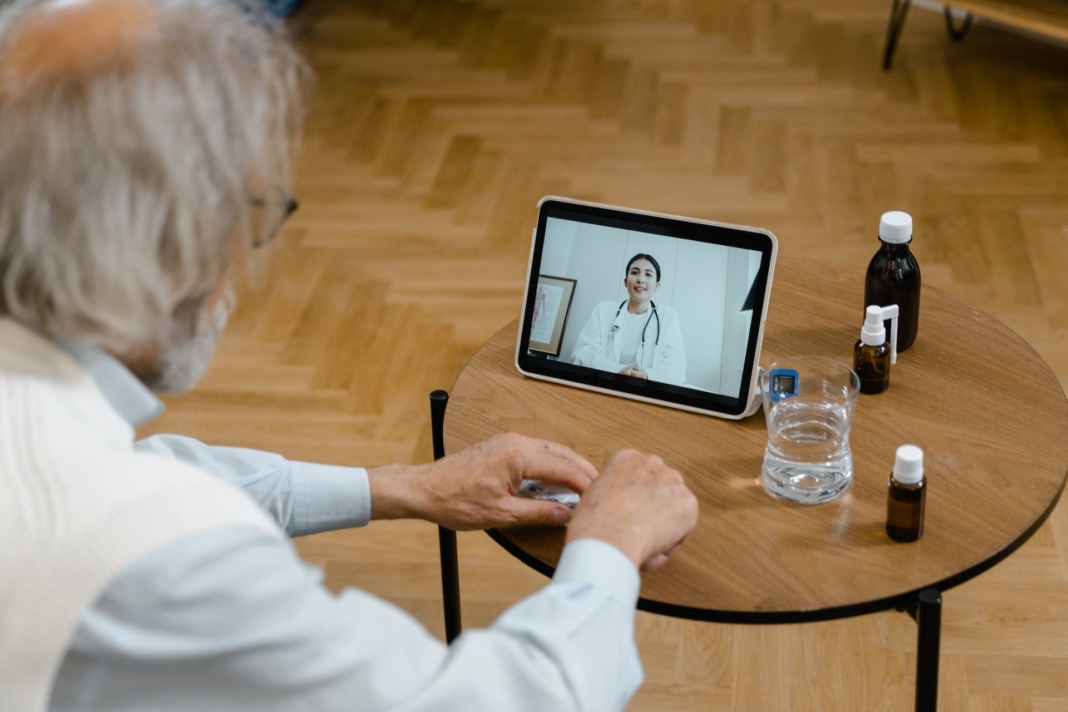Virtual wound care is a rapidly evolving field in medical technology, offering innovative solutions for the treatment and management of various types of wounds, including lacerations. This article will delve into the nature of lacerations, the healing process, and how modern wound care apps are revolutionizing healthcare.
Virtual wound care refers to the use of digital technology and telemedicine to manage and treat wounds remotely. This approach is particularly beneficial for patients with lacerations, a common type of wound that can vary in severity. Virtual wound care allows for remote consultation, diagnosis, and monitoring of lacerations, making it a convenient and effective option for both patients and healthcare providers.
In virtual wound care, digital tools such as high-resolution imaging and telecommunication platforms enable healthcare providers to assess the wound, guide patients through the care process, and monitor healing without the need for in-person visits. This is especially useful for patients in remote areas or those with mobility issues.
What Are Lacerations?
Lacerations are wounds that occur when soft tissue is torn or cut, typically caused by accidents with sharp objects, falls, or blunt trauma. They can vary greatly in terms of depth, length, and severity. Some lacerations are superficial, affecting only the top layers of skin, while others can be deep, reaching underlying tissues and even bone.
The severity of a laceration depends on several factors, including the location and depth of the wound, the object that caused the laceration, and the patient’s overall health. It’s essential to properly assess and treat lacerations to prevent infection and ensure optimal healing.
How Lacerations Heal
The healing process for lacerations involves several stages:
- Hemostasis: Immediately after a laceration occurs, blood vessels constrict, and clotting begins to stop bleeding. Platelets form a clot at the wound site, providing a temporary barrier against infection.
- Inflammatory Phase: White blood cells arrive at the wound to destroy bacteria and remove debris. This phase is characterized by redness, heat, swelling, and sometimes pain.
- Proliferative Phase: New tissue starts to form over the wound. Fibroblasts produce collagen, a protein that gives strength to the new tissue. This phase also involves the development of new blood vessels.
- Maturation and Remodeling: The final phase, where the wound fully closes and the new tissue strengthens and matures. Collagen fibers reorganize, and the wound gradually becomes less visible.
Proper wound care throughout these stages is crucial for effective healing and minimizing scarring.
Wound Care Apps and Healthcare
Wound care apps have become a vital tool in modern healthcare, particularly in the management of lacerations. These apps offer several features that aid in the healing process:
- Remote Assessment and Guidance: Healthcare providers can assess the wound remotely using images uploaded by the patient. They can then provide instructions on cleaning, dressing, and caring for the wound.
- Monitoring and Follow-up: Patients can regularly update healthcare providers on their wound’s condition through the app, allowing for timely interventions if complications arise.
- Educational Resources: Many apps include educational materials that inform patients about wound care, potential complications, and when to seek further medical attention.
- Integration with Healthcare Systems: These apps often integrate with electronic health records, allowing for seamless communication and coordination between various healthcare providers involved in the patient’s care.
- Personalized Care Plans: Based on the assessment of the wound, healthcare providers can create and adjust personalized care plans directly through the app.
The use of wound care apps in virtual healthcare represents a significant advancement in the treatment of lacerations and other wounds. These technologies make healthcare more accessible, efficient, and patient-centered. As the capabilities of these apps continue to evolve, they will play an increasingly important role in improving healthcare outcomes and enhancing the patient experience.
In conclusion, virtual wound care, especially for lacerations, is an exciting and growing field in healthcare. By leveraging the latest digital technologies, wound care apps are making it easier for patients to receive timely and effective treatment, contributing to faster healing and better overall health outcomes.



